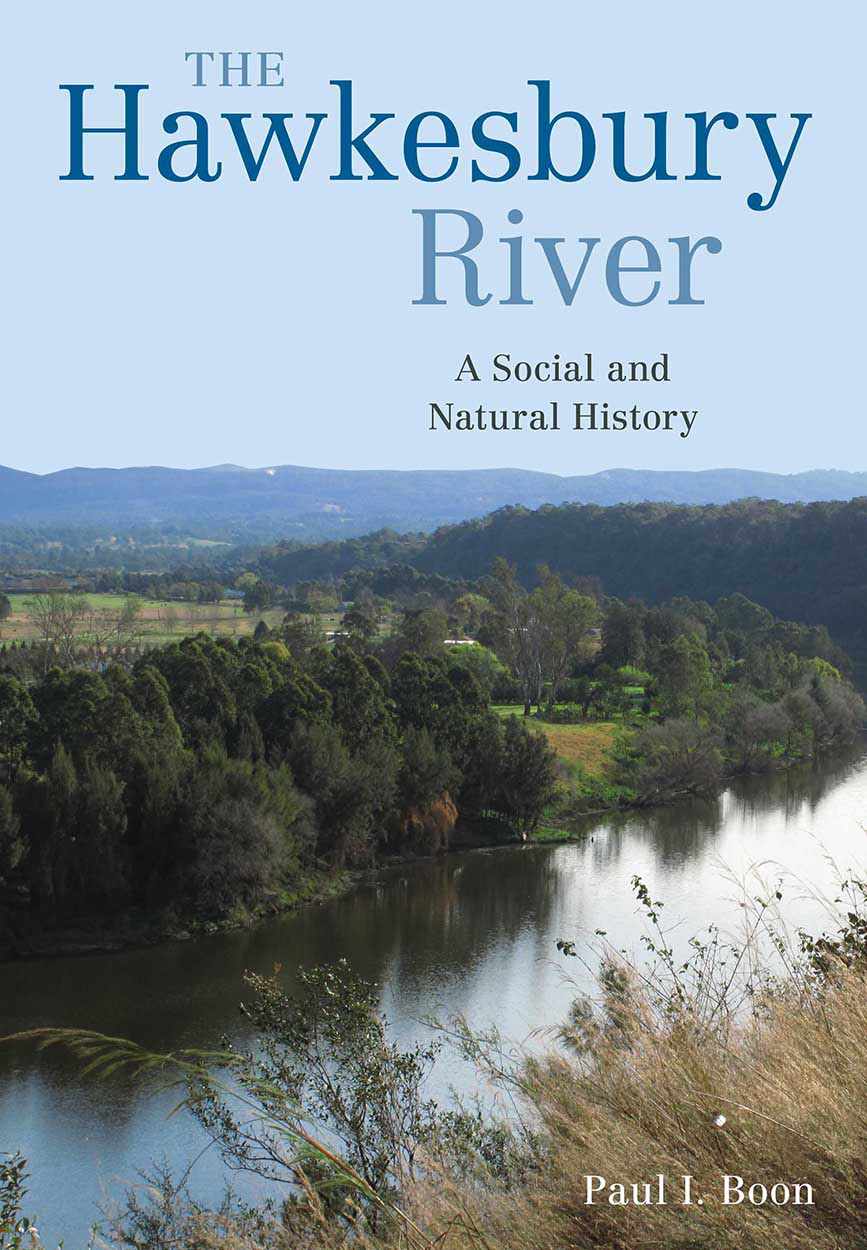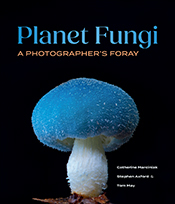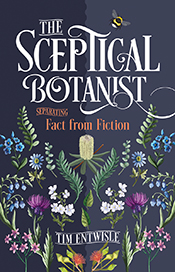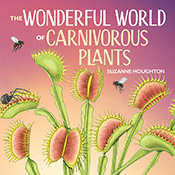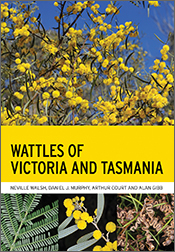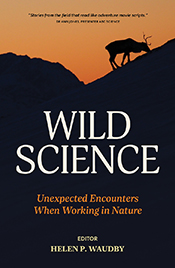The Hawkesbury River
A Social and Natural History
By: Paul I. BoonA definitive account of the natural history of the Hawkesbury River and the pivotal role it has played in history.
The Hawkesbury River is the longest coastal river in New South Wales. A vital source of water and food, it has a long Aboriginal history and was critical for the survival of the early British colony at Sydney. The Hawkesbury’s weathered shores, cliffs and fertile plains have inspired generations of artists. It is surrounded by an unparalleled mosaic of national parks, including the second-oldest national park in Australia, Ku-ring-gai National Park. Although it lies only 35 km north of Sydney, to many today the Hawkesbury is a ‘hidden river’ – its historical and natural significance not understood or appreciated. + Full description
Until now, the Hawkesbury has lacked an up-to-date and comprehensive book describing how and when the river formed, how it functions ecologically, how it has influenced humans and their patterns of settlement and, in turn, how it has been affected by those settlements and their people. The Hawkesbury River: A Social and Natural History fills this gap. With chapters on the geography, geology, hydrology and ecology of the river through to discussion of its use by Aboriginal and European people and its role in transport, defence and culture, this highly readable and richly illustrated book paints a picture of a landscape worthy of protection and conservation. It will be of value to those who live, visit or work in the region, those interested in Australian environmental history, and professionals in biology, natural resource management and education.
- Short descriptionReviews
"Professor Boon is not only passionate about his subject but is very knowledgeable too. He seems to have spent a great deal of his life exploring and studying the area. This is reflected in the detail he records. Your reviewer's only worry, as a resident of the area, is that the author makes it so attractive that we are likely to be deluged with visitors."
WorkBoat World, October 2017, p. 40
"Boon's research and scholarship are comprehensive. But the book is not daunting; it is at times very personal and passionate, at others scholarly and scientific. It is always readable, and ultimately a plea to respect the river. This work will stand as a one-stop resource point for many diverse audiences interested in the Hawkesbury River for many years to come."
Dr Stephen Gapps, Signals (123), June-August 2018
"I highly recommend this book to anyone who lives and works within the region, has an interest in Australian history and the environment, and/or are professionals grappling with thoughts and ideas of how to better manage, protect and conserve the Hawkesbury river and its catchment for future generations."
Jaimie Potts, Australian Marine Science Bulletin 203(1), November 2018
"This volume is a significant contribution to our understanding of the Hawkesbury River and will also inform those with interest in estuarine systems, particularly those near a major city."
Alistair J. Gilmour, Australasian Journal of Environmental Management 25(2), 2018
Details
Hardback | July 2017 | $120.00ISBN: 9780643107595 | 584 pages | 245 x 170 mm
Publisher: CSIRO Publishing
Illustrations, Photographs
ePDF | July 2017
ISBN: 9780643107601
Publisher: CSIRO Publishing
Available from eRetailers
ePUB | July 2017
ISBN: 9780643107618
Publisher: CSIRO Publishing
Available from eRetailers
Features
- Highly-readable and informed narrative with colour photographs, historical images and illustrations throughout
- Uncovers the fascinating hidden history of the river, from its place in Aboriginal culture to the role it played in colonial Australia and in society today
- Explores the natural characteristics of the river, the relationship it has with the surrounding environment and the effects of human impact
Contents
ForewordAcknowledgements
Conversions
Prologue – the best hidden river in the world
1: Geography – Physical and human
2: Geology – A skeleton of sandstone
3: How the Hawkesbury came to be an estuary
4: Hydrology – Floods, droughts and river regulation
5: The vexed matter of water quality
6: Biota – Plants, animals and mythical creatures
7: Jewels in the crown – The protected areas
8: An Aboriginal river
9: European discovery and early exploration
10: European occupation and exploitation
11: Barrier I – Road and ferry crossings
12: Barrier II – Railway crossings
13: Conduit – Boats and shipping
14: A strategic river – Defending the northern gateway to Sydney
15: The river as muse – Artists, musicians and writers inspired by the Hawkesbury
16: Epilogue – Whither the Hawkesbury?
References
Index
View the full table of contents.


